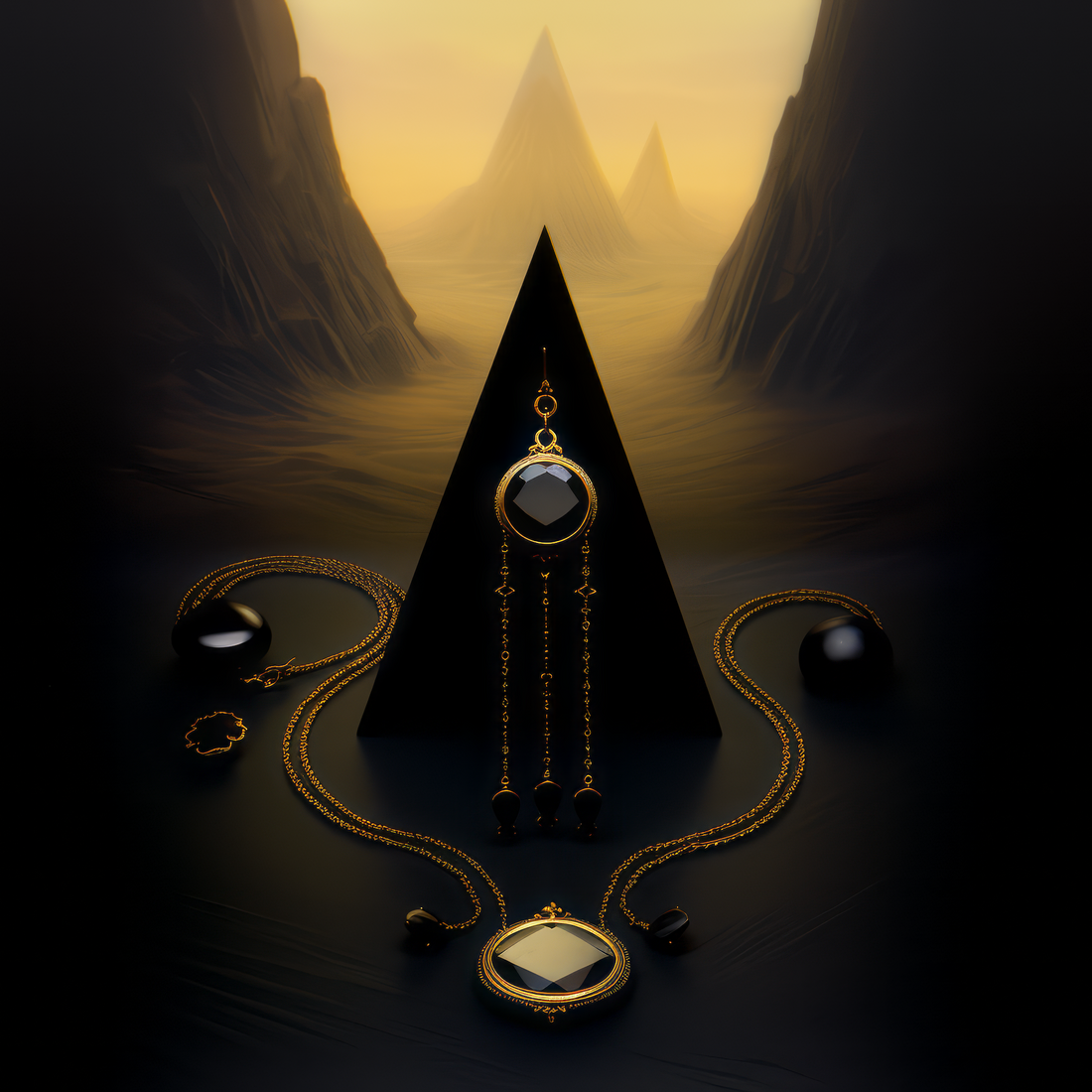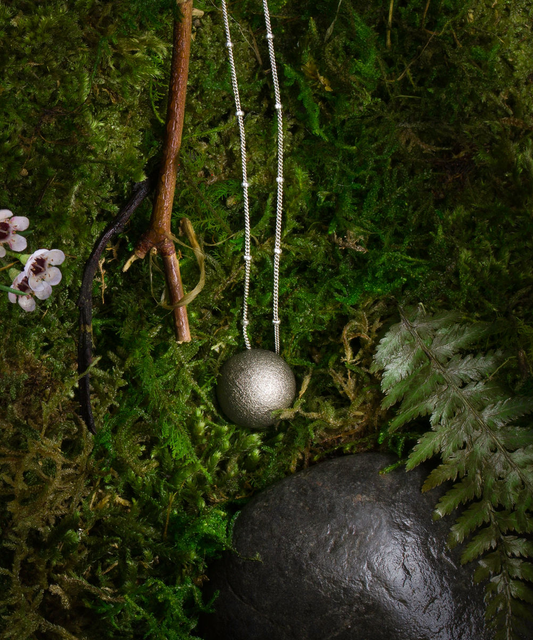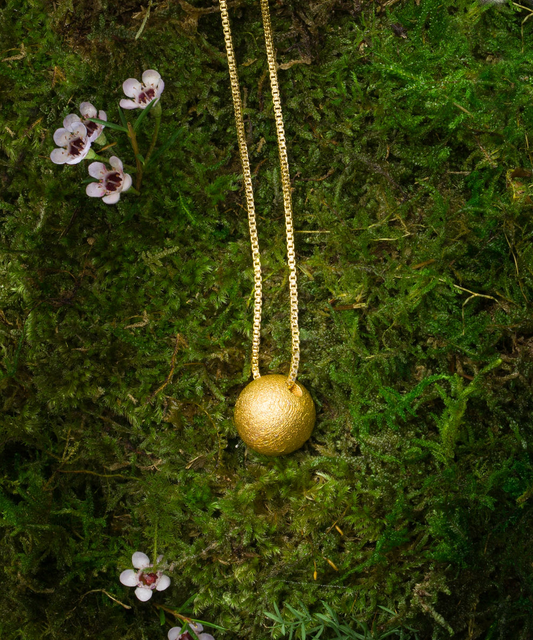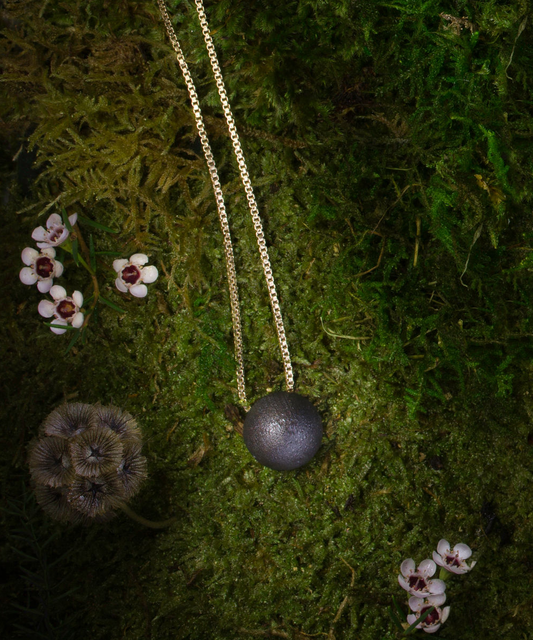Losing a loved one is an incredibly difficult experience, and finding ways to cope with the grief and honor their memory can be a challenging journey. Mourning jewelry, however, offers a unique and tangible way to embrace remembrance and find healing during the grieving process. These pieces, often adorned with symbols and materials representing bereavement, serve as more than just ornaments. They act as a medium of remembrance, allowing individuals to carry a piece of their grief with them, find solace, and ultimately, heal. In this blog, we will explore the concept of these pieces, their historical significance and evolution over centuries, their role in remembrance and healing, the different types and materials used, and finally, the future of these meaningful wearables.
The Concept of Mourning Jewelry
Mourning jewelry, also known as bereavement or memorial jewelry, holds a significant place in the hearts of those who have lost loved ones. They serve as a tangible reminder, allowing individuals to continue feeling connected even when their loved one is no longer present in physical form, offering solace and comfort. Symbolism plays a crucial role in these pieces, with designs often incorporating motifs that represent death and the enduring nature of the soul. By wearing these pieces, individuals can express their emotions and honor the memory of the departed. Bereavement jewelry is more than just ornament; it is a powerful medium of remembrance and healing.
What's the Historical Significance of Memorial Jewelry?
For centuries, memorial jewelry has held a special place in human culture. Its historical significance can be traced back to ancient civilizations, its popularity soaring during the Victorian era. This time saw Queen Victoria herself embrace mourning fashion, setting a trend that influenced the masses.
Evolution of Mourning Jewelry Over Centuries
Memorial wearables have transformed throughout the centuries, reflecting cultural changes and evolving grieving practices. In earlier times, these pieces often featured memento mori motifs, serving as reminders of mortality. Materials like bog oak, black glass, and intricate hair art were commonly incorporated into the wearables. As time progressed, these pieces expanded to either include cremation ashes or even incorporate diamonds created from cremation ash. Today, these pieces can be personalized and customized, allowing for the inclusion of meaningful inscriptions or birthstones.
Victorian Era and Vintage Mourning Jewelry
With Queen Victoria grieving for her beloved husband, Prince Albert, bereavement jewelry took on a distinct and solemn aesthetic. Memorial rings and lockets with hair mementos were popular choices during this time. These pieces were often adorned with motifs such as willows, urns, and skulls, symbolizing grieving and remembrance. The Victorian era marked a significant period for these pieces as they became a popular way for individuals to express their grief. If you want to see some examples, The Antique Jewelry Group has some incredible mourning pieces in Victorian fashion.
Mourning Jewelry: More Than Just Ornaments
Beyond their historical significance, these pieces often hold deep sentimental value that transcends their ornamental nature. They serve as a tangible link to the past, preserving cherished memories of the departed. They can become treasured heirlooms, passed down through generations, carrying on family legacies.
Mourning Jewelry as a Medium of Remembrance
These tangible reminders keep the memory of loved ones close to the heart, quite literally. They allow individuals to carry a physical representation of their lost loved ones, providing comfort and a sense of connection even in their absence. By wearing bereavement pieces, individuals can express their grief and find solace in remembrance.
Healing through Mourning Jewelry
The grieving process can be a challenging and complex journey, but memorial wearables can aid in the healing process. By wearing a physical emblem, individuals can express their grief outwardly, allowing their emotions to be visible and acknowledged - not something to be hidden away. This act of remembrance serves as a source of comfort, strength, and support, reminding individuals that grieving is a natural part of the healing process that helps us transcend feelings of hopelessness and depression.
Materials Used in Mourning Jewelry: Vulcanite, Pearl, Ruby, Agate and More
The materials used in memorial pieces play a vital role in their symbolism, aesthetic, and historical significance. Let's explore some common materials found:
Use of Hair in Antique Mourning Jewelry
Hair art and hair jewelry were common practices during the Victorian era, and hair mementos continue to hold significance. Locks of hair from the deceased were carefully woven, braided, or encased in metal and glass, serving as a sentimental keepsake symbolizing eternal remembrance. Sometimes, hair mementos were combined with gemstones, enamel, or gold, creating intricate designs.
Role of Gems, Enamel, Metals, and Natural Materials in Memorial Jewelry
Gems and metals add elegance, beauty, and personal significance. Gemstones, like black onyx, ruby, and agate, were often used to symbolize grieving, remembrance, and immortality. Metals, such as gold, silver, and black enamel, enhanced the aesthetics and artistry. Pearls, often white to represent tears, were common in memorial wearables, and whitby jet, gutta percha, and vulcanite were other frequently used, naturally occurring materials. If you're ever purchasing vintage pieces and want to understand more about the quality and rating of the gems you're purchasing, you can learn more here.
Customized Cremation Jewelry
In more modern times, Cremation jewelry has allowed individuals to memorialize their loved ones' cremation ash. These pieces can be customized with unique designs, materials, and even personalized inscriptions. From pendants to earrings and rings, they come in various styles to carry their loved one's ashes with them in a meaningful way.
Memento: Types of Mourning Jewelry
Mourning wearables come in various forms, each with its own unique significance and symbolism. Let's explore some common types:
Mourning Ring: Now and Then
Mourning rings were an integral part of Victorian-era traditions. These sentimental pieces often feature black enamel and memorial inscriptions, serving as tangible reminders of lost loved ones. With hair memento compartments, they allowed wearers to incorporate personal remembrances of the deceased, making them deeply personal and meaningful. If you want to see a beautiful example of an antique ring, you can do so here.
In modern times, artists incorporate ashes into synthetic stones. They can be personalized to reflect the unique relationship shared, making each ring a cherished heirloom that carries memories on one's finger.
Mourning Brooch & Black Memorial Jewelry
Memorial brooches are pieces typically worn on clothing, displaying varying symbols and death motifs. They're often black mourning jewelry featuring black materials, such as onyx, enamel, or black glass. Some of these brooches also have hair memento compartments, holding a physical remembrance of the deceased.
Mourning Necklace & Mourning Pendant Urns
During the Victorian era, memorial necklaces often featured black enamel motifs, willows, urns, or skull symbols. Materials like vulcanite, gutta percha, bog oak, and Whitby jet were common choices. Nowadays, you can also get small urn pendants that have a small compartment that allows for the addition of ashes.
Victorian Mourning Earrings
Earrings were a popular accessory during the era of mourning jewelry. Designs ranged from simple tear-shaped drops to intricate motifs of flowers or symbols of eternity. Wearing these earrings allowed mourners to express their grief and remembrance in a more subtle way.
Today, designers continue to draw inspiration from Victorian mourning earrings, creating modern pieces that combine traditional elements with contemporary style.
Victorian Mourning Bracelet: Woven Hair
Victorian mourning bracelets were often made with woven hair, creating a sentimental and personal piece of jewelry. Hair from the deceased was carefully braided or woven into intricate patterns, providing a tangible connection to the loved one. These bracelets were often adorned with black enamel or jet, adding to the somber elegance.
Today, if you're looking for something in the style of an antique mourning bracelet, you're likely to be disappointed, but you can definitely find bracelets that incorporate a locket of hair in other ways.
The Future of Mourning Jewelry: A Revival or a Decline?
Bereavement jewelry continues to have a devoted following, ensuring its preservation and relevance. As grieving practices, remembrance, and memorialization evolve, bereavement jewelry will also adapt to reflect these changes. For example, Soul Spheres do not include any element of the deceased and instead represent the non-physical part of us that endures beyond death.
No matter how they evolve, the artistry, sentiment, and historical significance of these wearables will endure, keeping their presence alive. Increased awareness, appreciation, and understanding may even lead to a revival in popularity as these pieces become more recognized for their cultural, emotional, and aesthetic value.
Conclusion
Bereavement pieces hold a significant place in history and continue to be valued today as a medium of remembrance and healing. From Victorian mourning rings to modern fabrications, these wearables are tangible reminders of our loved ones. They provide solace and comfort during difficult times, allowing us to honor and remember those we have lost. Whether memorial jewelry experiences a revival or not, its importance in preserving memories and fostering healing cannot be denied.






